Is Assisted Living the Right Choice?

Choosing the right living situation can feel overwhelming, especially with so many different senior living options available. But here’s the good news—assisted living might be a much better option than you’d think.
In San Diego County alone, there are about 90 assisted living communities, and 19 of them are designed for a purely assisted lifestyle. These communities provide housing, meals, and help with everyday tasks like bathing, dressing, and even getting to activities. They also offer plenty of opportunities to socialize, stay active, and enjoy life—something that can make all the difference in this next chapter.
What Kind of Support Can You Expect?
Every assisted living community is a little different, but most offer:
- Assistance with daily routines (like medication reminders, grooming, or mobility support)
- Housekeeping and laundry
- Nutritious, chef-prepared meals (with accommodations for dietary needs)
- Scheduled transportation to appointments or outings
- Wellness programs and friendly check-ins from trained staff
It’s all about balancing independence with just the right level of help.
What Does a Typical Day Look Like?
One of the most comforting things about assisted living is the mix of structure and flexibility. A typical day might include:
- Breakfast in the dining room with friends
- A fitness class or morning stroll
- Creative activities like painting, music, or gardening
- Quiet time to read or relax
- Dinner followed by a movie night or live entertainment
It’s not just about care—it’s about living with purpose and joy.
Who Is Assisted Living Best For?
Assisted living is ideal for older adults who may have mild to moderate health issues or mobility limitations, but who don’t require round-the-clock medical care. Unlike skilled nursing, assisted living focuses on comfort, community, and day-to-day support.
Let’s Talk About Cost
In San Diego, the cost of assisted living typically ranges from $3,000 to $8,000 per month, depending on location, amenities, and the level of care needed. While it is an investment, many families find that the peace of mind and improved quality of life are more than worth it.
Peace of Mind for Families
If you’re a caregiver or adult child helping a parent, assisted living can bring real relief. You’re not just making sure they’re safe—you’re helping them reconnect with friends, stay active, and feel cared for. Many families find their relationships grow stronger when they’re able to spend more time enjoying each other, rather than managing care alone.
Is It Time to Consider a Move?
If you or someone you love is:
- Having a harder time managing at home
- Needing help with medications or hygiene
- Feeling isolated or lonely
- Recovering from a recent fall or illness - it might be time to explore assisted living. It’s better to make the move from a place of
choice and strength, rather than during a crisis.
You Don’t Have to Navigate This Alone
I’ve toured many assisted living communities in San Diego, and I’d be happy to share what I’ve learned. Whether you’re just starting to look or ready to explore in person, we are here to help you take that first step. We would be happy to introduce you to a few senior advisors who can take you on tours based on your needs.
Author: Kinga Wulczynska-Lauer
Disclaimer:
Retirement In Reverse is a mortgage company dedicated to serving older adults, financial planners, and wealth managers with a strong focus on education and informed decision-making. While we strive to provide helpful information on a variety of topics, we are not experts in all areas. That’s why we collaborate with a trusted network of professionals—including attorneys, tax advisors, and financial planners—to help connect you with the right expert based on your individual needs. The information provided in this article is for educational and illustrative purposes only. Before making any financial, legal, or lifestyle changes, we strongly recommend consulting with a qualified professional who can review your personal situation. If you are considering Reverse Mortgage,
call Ted Lange at 760-753-1568 to learn more.



